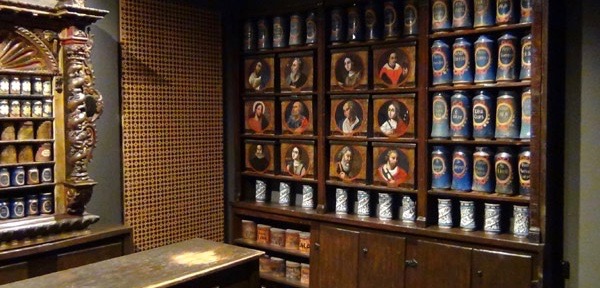When the Treaty of the Pyrenees (1659) decreed that Spain hand over Roussillon and 33 communes of the Cerdagne to France, the small town of Llivia, in the Cerdagne, somehow managed to remain Spanish. It remains to this day, a little piece of Spain surrounded by France.

With the signing of the Treaty of the Pyrenees in 1659, the present day borders were formed between France and Spain. After centuries of fighting and disagreement, the Pyrenees were named as the true border bringing Roussillon, the Vallespir, the Conflent, Capcir and thirty-three villages of the Cerdagne under French rule.
About eight square miles in area, with a population of around 1,000 people, Llivia is considered by some as is a bit of a historical hiccup. By a strange quirk of fate it was decreed that Llivia, was not a village but a town, and as the treaty stipulated that only villages were to be ceded to France, it remains, inside France, a small enclave of Spanishness.
The road for Spain leading into Llivia has caused much controversy over the years. Joint property of Spain and France, it is designated in Spain as part of the N-154 and in France as part of the Route nationale 20 and the RD68. Road signs were put up by the French authorities and removed overnight by the pro-Spanish Llivians. For several years, it was known as as the war of the stop signs!
In 2017, a vote for Catalan independence was voted with 561 out of 591 in favour ,but the referendum was deemed illegal by the Spanish courts.

With a fortified XVII century church, its other claim to fame is the “Oldest Pharmacy In Europe”, founded at the beginning of the 15th century and now a small museum with antique drugs, and one of the largest collections of prescription books in Europe, and records of pharmacists practising in Llívia since medieval time.

